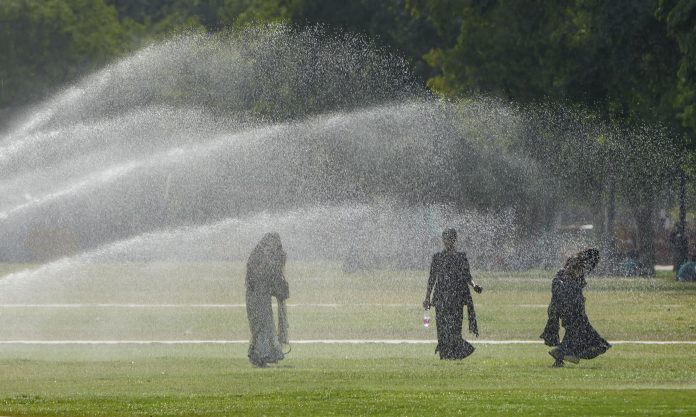NEW DELHI, Jun 27: Only a small fraction of cities with heat action plans have mapped vulnerable populations and developed specific strategies to mitigate the impact of extreme heat, according to an analysis published on Thursday.
The International Forum for Environment, Sustainability and Technology (iFOREST) assessed the heat action plans of nine cities and five districts, which revealed that none had allocated separate resources or mentioned financial allocations in their plans.
The environmental think tank also recommended redefining heat waves based on the “feels like” temperature or heat index and developing new thresholds for warm nights.
National Disaster Management Authority (NDMA) guidelines require cities to develop local thresholds for early warning systems, considering factors such as the built environment, slum population, and urban heat island effect.
However, very few cities, including Ahmedabad, Bhubaneshwar, and Thane, have implemented such measures, iFOREST’s CEO and President Chandra Bhushan said.
Delhi, which recorded at least 21 heat wave days this summer season — the highest in at least 14 years — has not developed local thresholds. It is instead using the India Meteorological Department’s (IMD) maximum temperature threshold to declare heatwaves, he said.
The IMD’s threshold for a heatwave is met when the maximum temperature reaches at least 40 degrees Celsius in the plains, 37 degrees in coastal areas, and 30 degrees in hilly regions, with a departure from normal of at least 4.5 degrees.
A severe heatwave is declared if the departure exceeds 6.4 degrees.
Chandra Bhushan stressed the need to declare heatwaves based on the heat index, which considers air temperature and relative humidity.
The iFOREST analysis showed that Delhi’s heat index ranged from 51 to 53 from June 21 to June 26, when the maximum temperature was below 40 degrees Celsius and no heatwave was declared.
From June 15 to June 19, Delhi’s maximum temperatures hovered around 44-45 degrees Celsius, prompting the IMD to declare a heatwave, but the heat index ranged from 48 to 51.
Highlighting shortcomings in Delhi’s heat action plan, Bhushan pointed out that the city’s warmest temperatures are recorded on the outskirts, yet none of the heat hotspots identified by the Delhi Disaster Management Authority are in these areas.
Delhi, which has experienced 40 consecutive days of temperatures above 40 degrees Celsius since May 13, recorded around 60 heat-related deaths this year, according to media reports.
Bhushan also noted that while India has around 5,000 urban local bodies, only around 120 have heat action plans. (PTI)


